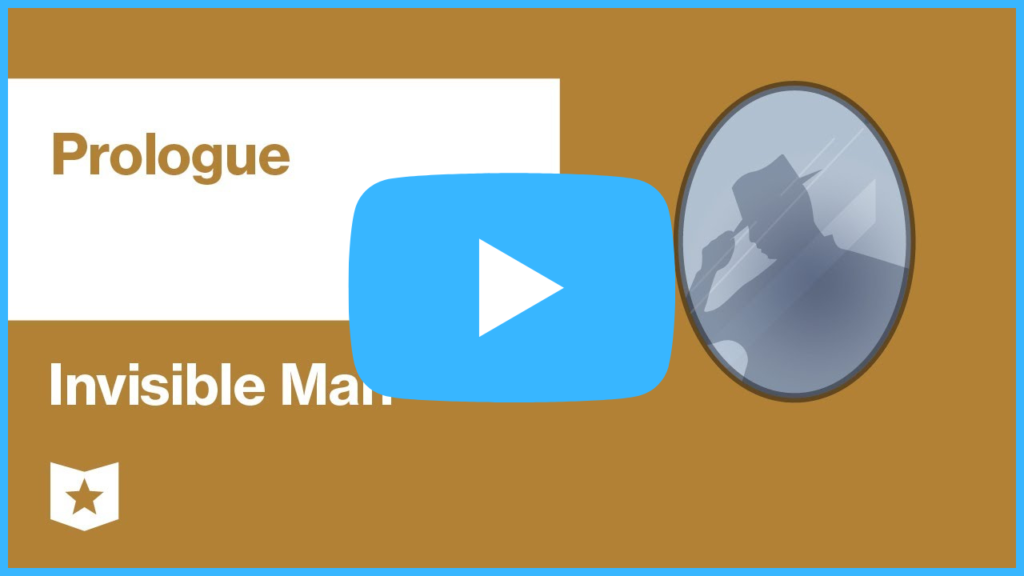In this playlist of 30 video study guides, students will receive short (under 5 minutes) summary and analysis of Ralph Ellison’s Invisible Man. These chapter-by-chapter analyses aid students in citing specific areas of the book to support their inferences drawn from the text, including what the text leaves uncertain. Students will also be able to identify two or more themes or central ideas of the book and provide an objective summary of the text. These videos will also aid the students in analyzing the author’s choices as they pertain to elements of the story and determine the meaning of words and phrases used in the book and their significance to the tone or deeper meaning of the book. These videos also offer an analysis of the ordering of specific parts of the text and its impact on the overall text. Finally, these videos will lay the groundwork (or build on existing knowledge) for the comparison of two or more pieces of literature from this time period (the 1930s) and how they treat similar themes and topics. Course Hero also provides free resources like study guides and infographics at the link below. For a list of Common Core State Standards addressed, see below.
Download the free study guide and infographic for Invisible Man by Ralph Ellison here: https://www.coursehero.com/lit/Invisible-Man/

Common Core State Standards Invisible Man by Ralph Ellison
CCSS.ELA-LITERACY.RL.11-12.1
- Cite strong and thorough textual evidence to support analysis of what the text says explicitly as well as inferences drawn from the text, including determining where the text leaves matters uncertain.
CCSS.ELA-LITERACY.RL.11-12.2
- Determine two or more themes or central ideas of a text and analyze their development over the course of the text, including how they interact and build on one another to produce a complex account; provide an objective summary of the text.
CCSS.ELA-LITERACY.RL.11-12.3
- Analyze the impact of the author’s choices regarding how to develop and relate elements of a story or drama (e.g., where a story is set, how the action is ordered, how the characters are introduced and developed).
CCSS.ELA-LITERACY.RL.11-12.4
- Determine the meaning of words and phrases as they are used in the text, including figurative and connotative meanings; analyze the impact of specific word choices on meaning and tone, including words with multiple meanings or language that is particularly fresh, engaging, or beautiful. (Include Shakespeare as well as other authors.)
CCSS.ELA-LITERACY.RL.11-12.5
- Analyze how an author’s choices concerning how to structure specific parts of a text (e.g., the choice of where to begin or end a story, the choice to provide a comedic or tragic resolution) contribute to its overall structure and meaning as well as its aesthetic impact.
CCSS.ELA-LITERACY.RL.11-12.9
- Demonstrate knowledge of eighteenth-, nineteenth- and early-twentieth-century foundational works of American literature, including how two or more texts from the same period treat similar themes or topics.


